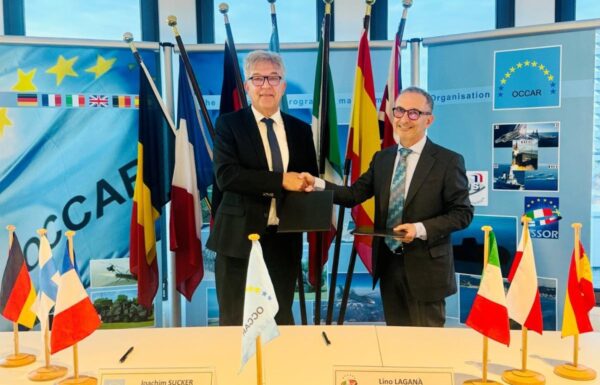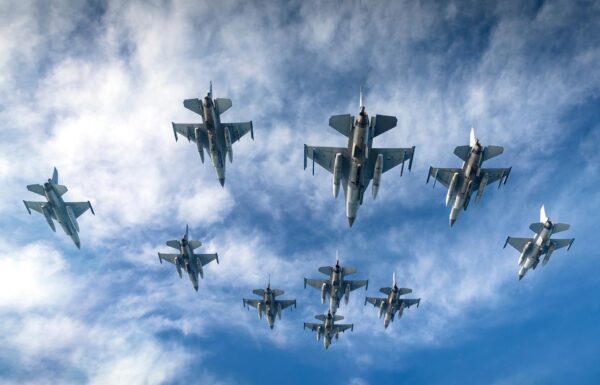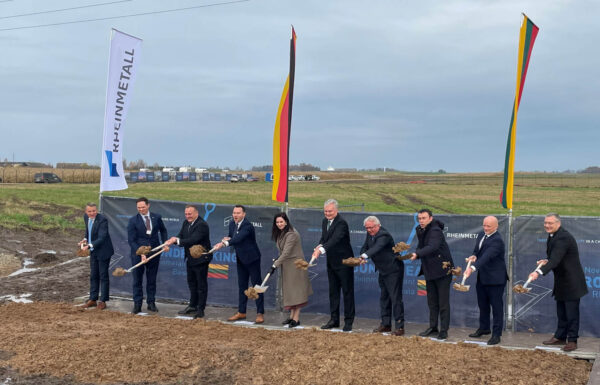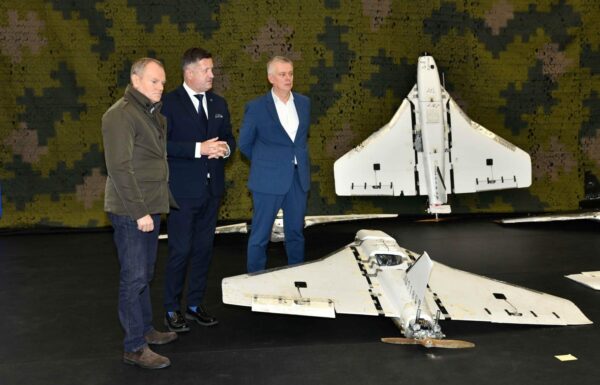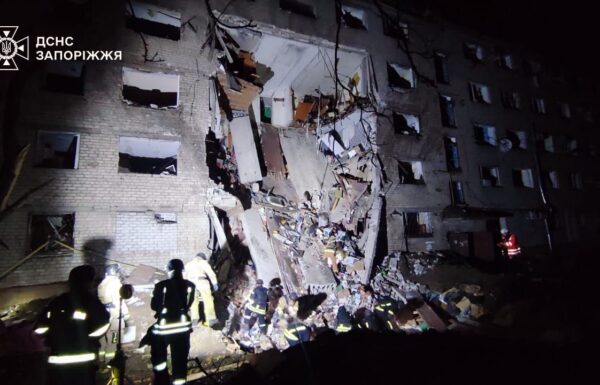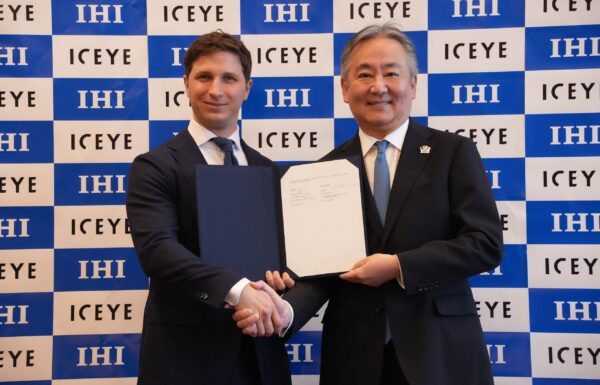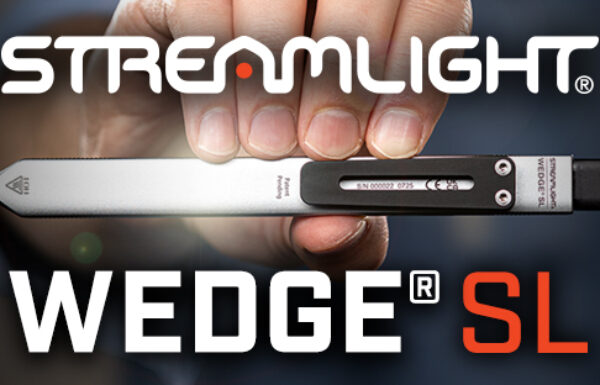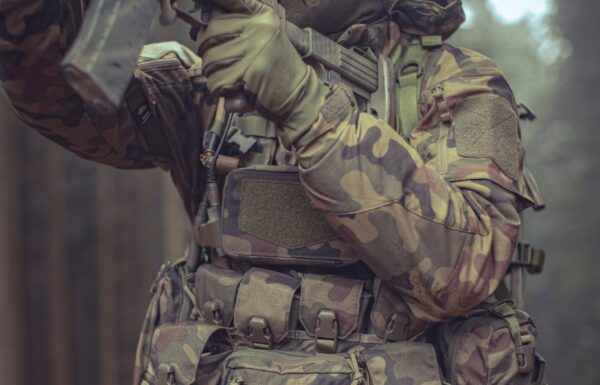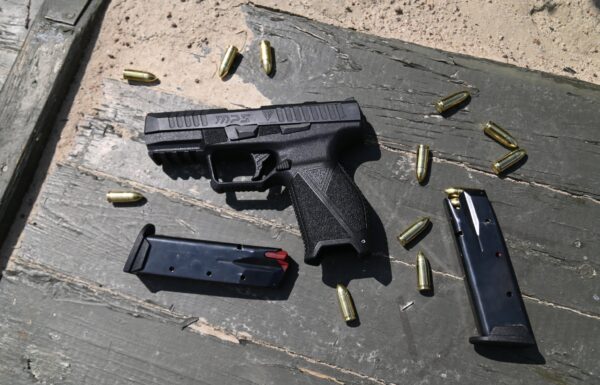On Friday, August 15, 2025, the U.S. Navy’s Strategic Systems Programs (SSP) office, on behalf of the U.S. Department of Defense, signed a contract worth 110,898,408 USD with Lockheed Martin Space (a division of Lockheed Martin) for the sustainment and production of additional UGM-133 Trident II D5LE submarine-launched ballistic missiles (in the modernized version).
 Photo: US Navy
Photo: US Navy
The work will be carried out in Magna, Utah (94.9%); Clearwater, Florida (2.7%); Titusville, Florida (1.3%); and at other locations, each accounting for less than 1.0% (1.1% combined). Completion is scheduled for September 30, 2029. Funding comes from the FY2025 NDAA defense budget, with 110,606,105 USD allocated from U.S. Navy weapons procurement accounts, which will not expire at the end of the fiscal year (September 30). The remaining 292,303 USD comes from savings carried over from the FY2023 budget.
This is the second Trident-related contract this year for the U.S. nuclear deterrent’s sea-based component. On January 31 of this year, the SSP office signed a contract worth 383,139,431 USD with Lockheed Martin Space for continued development of the modernized missiles.
Earlier, on September 29, 2024, SSP signed two contracts under the UGM-133 Trident II program: 1.2 billion USD with Lockheed Martin Space for the production of additional missiles and technical support for those already deployed by the U.S. Navy and the Royal Navy (the latter under the FMS, Foreign Military Sales, procedure), and 2.18 billion USD with Charles Stark Draper Laboratory for continued sustainment of the Mark 6 Mod 1 guidance subsystem and development of the Mark 7 for the next-generation strategic submarines: the Columbia-class (U.S. Navy) and Dreadnought-class (Royal Navy), which will replace the Ohio and Vanguard classes, respectively.
Under the LEP (Life Extension Program) modernization effort launched back in 2002, missiles upgraded to the UGM-133 Trident II D5LE standard, and later LE2, will remain in service at least until 2042. Currently, U.S. missiles carry W76-1/Mk.4A thermonuclear warheads with a yield of 90 kT, W88/Mk.5 with a yield of 455 kT, or the new W76-2/Mk.4A with a reduced yield of 5–6 kT, while British missiles carry Holbrook (Mk4/A) warheads with a yield of 100 kT (to be replaced in the future by the Astraea A21/Mk7).
See Also:


